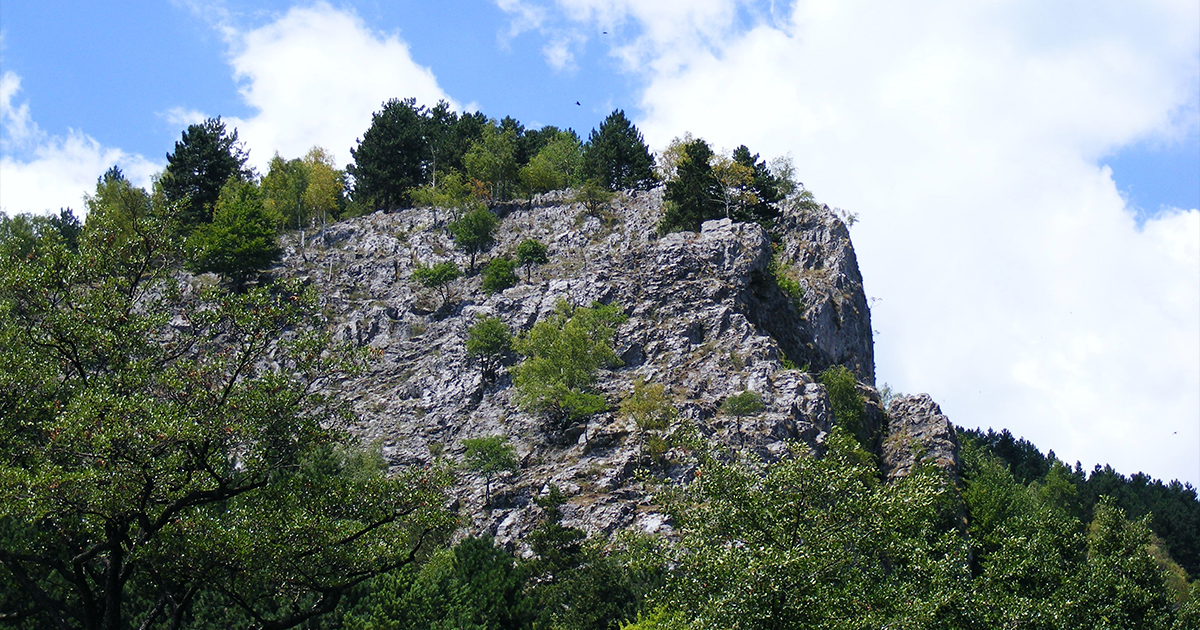Green Mining
Topic Information
Dear Colleagues,
Mining is the basic industry for social development and national economic construction. In the whole process of mineral resource exploration and development, scientific and orderly mining is implemented. Disturbance to the ecological environment around the mining area is controlled within a controllable range. It is of great significance to realize environmental ecology, scientific mining methods, efficient utilization of resources, digitization of management information, and harmony of mining communities. This research topic aims to provide a platform for new research and recent advances in green mines technology. To promote the development of green mine construction, we encourage the submission of high-quality original research papers, including but not limited to the following topics:
- Safety and sustainable mining;
- Mineral resource management;
- Intelligent mining technology;
- Mining equipment;
- Geomechanics and geophysics;
- Rehabilitation of mine sites;
- Human–machine–environment system;
- Green exploration in mines;
- Mine safety and personnel health;
- Harmless treatment of solid waste in mines.
Prof. Dr. Kun Du
Dr. Jianping Sun
Topic Editors
Keywords
- green technology
- structure engineering
- mining engineering
- rock mechanics
- environmental protection
- life cycle of mines
- fracture mechanics
- slope stability
- economics and policy
